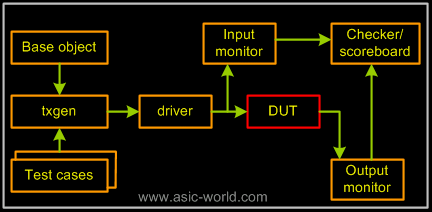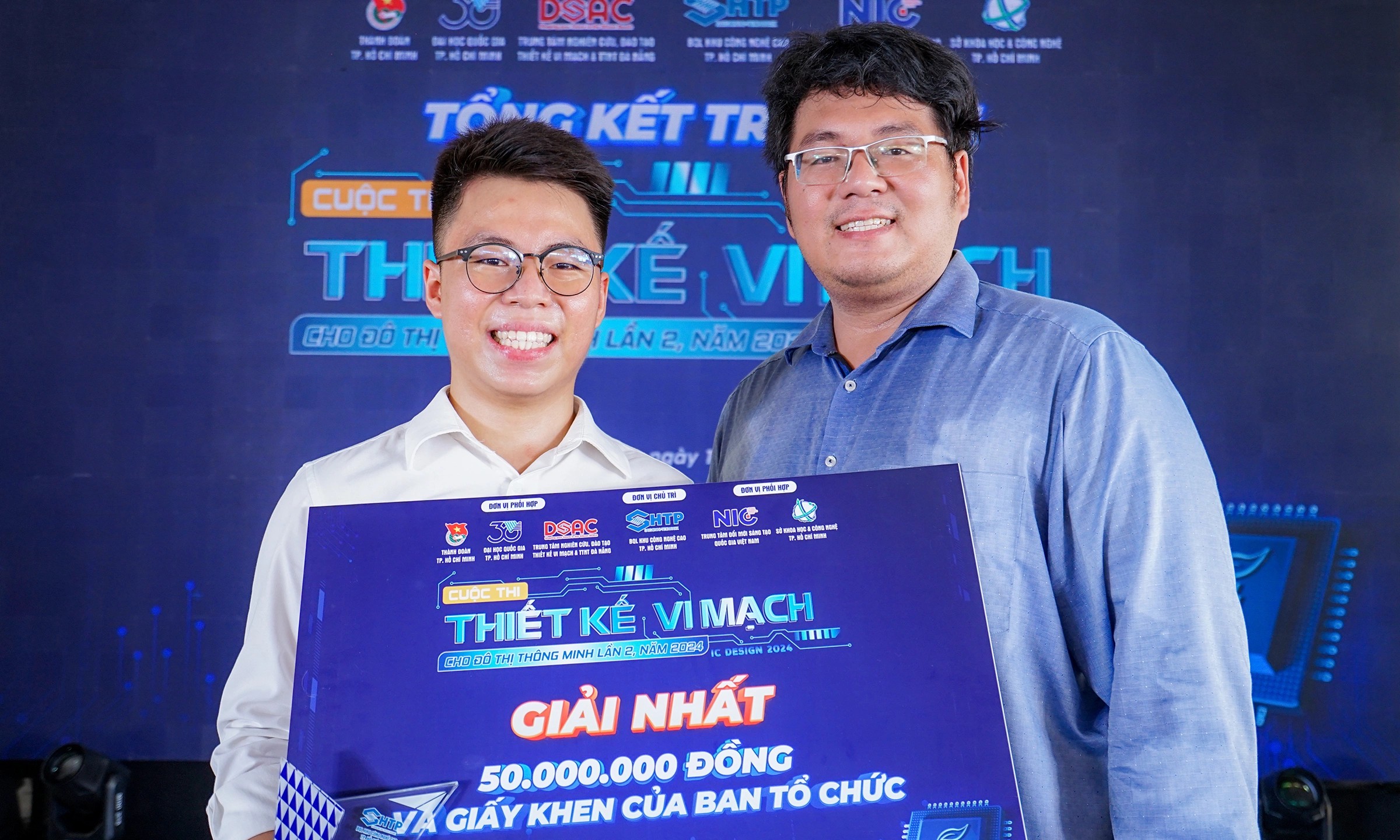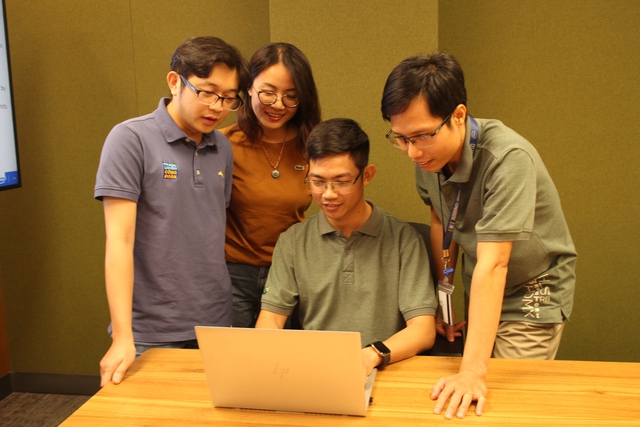
'e' What To Learn ?
E language is a vast language, so learning everything in short time is not possible. But to get started or to get to a position where one can write testbench and checker,
one really needs to learn limited part of 'e' language. Lets assume that you need to develop a testbench as in below figure.

| In e, we need to code the following components. |
- Base Object
- Transaction Generator
- Driver
- Input/Output Monitors
- Checker/Scoreboard
Base Object
As seen in earlier section, base object is used across the testbench for communication of data in a standard structure format. Following things are needs to be write a base object in e
- data types
- struct
- sub-types
- constrains
- keep
- gen before
- soft and hard constrains
- condition flow control
- methods
- printing routines
Transaction Generator
- Transaction generator is the the one which generates the transactions. To do this job one needs to know the following gen and gen keeping
- don't gen and physical fields
- events
- methods and tcm
Driver
To model driver, one needs to know the following
- unit
- packing
- methods and tcm
- Interfacing with simulatoz
Input/Output Monitors
Once one knows about base object, transaction generator and drive, then coding monitors are very simple.
|
| Checker/Scoreboard |
To model the checker or scoreboard one needs to know following e languages construct
list and keyed list
Bạn Có Đam Mê Với Vi Mạch hay Nhúng - Bạn Muốn Trau Dồi Thêm Kĩ Năng
Mong Muốn Có Thêm Cơ Hội Trong Công Việc
Và Trở Thành Một Người Có Giá Trị Hơn
Mong Muốn Có Thêm Cơ Hội Trong Công Việc
Và Trở Thành Một Người Có Giá Trị Hơn

















